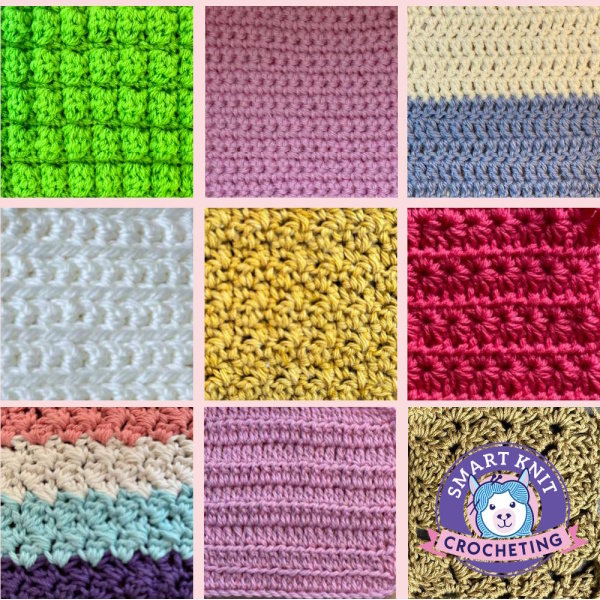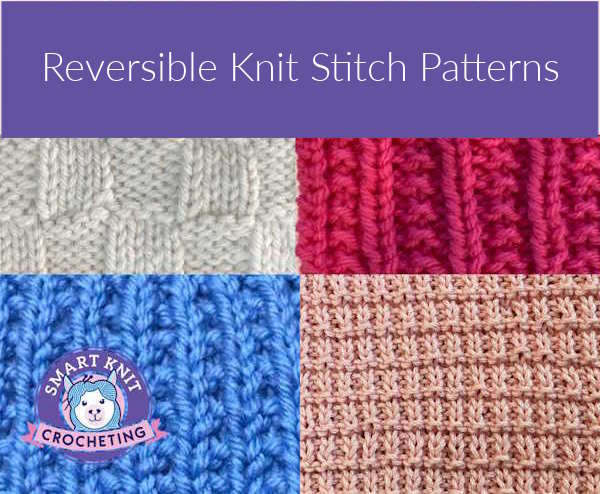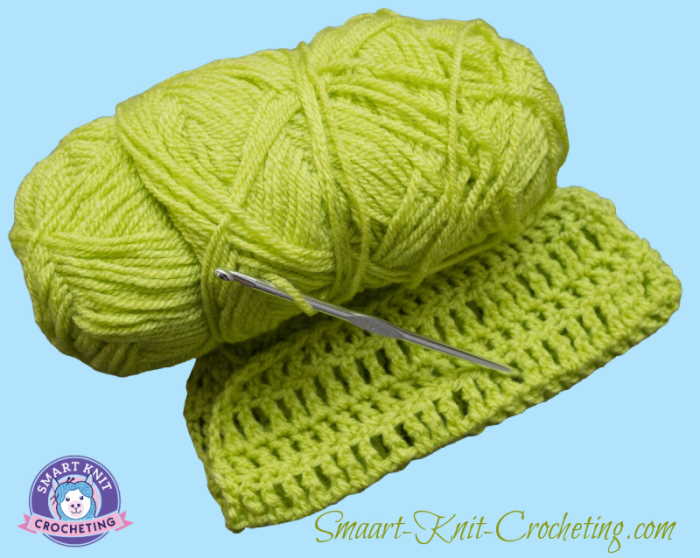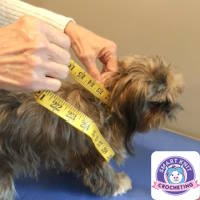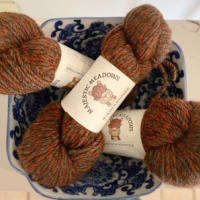- Home
- Cable Stitches
- Left Leaning 2/2 Cable
How to Knit the C4F (Cable 4 Front) / 2/2 LC
The C4F, also called Cable 4 Front or 2/2 Left Cross (2/2 LC), is the mirror image of the C4B. It creates a left-leaning twist in the fabric by crossing two sets of stitches over each other. Both the 2/2 LC and the 2/2 RC are beginner-friendly cable stitches that most learn first before attempting other cable crossings that can be more difficult.
In a C4F, you slip the first two stitches onto a cable needle and hold them at the front of your work. Then you knit the next two stitches from your left-hand needle, followed by knitting the two stitches from the cable needle.
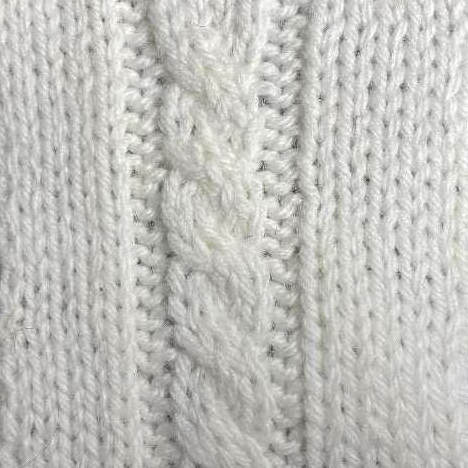 Left-leaning Cable Cross (2/2 LC, C4F)
Left-leaning Cable Cross (2/2 LC, C4F)Skill Level
Beginner-friendly (first-step cable)
Skills Needed
- Knit stitch (K)
- Purl stitch (P)
- Using a cable needle or working cables without one, see below
Abbreviations
- C4F Cable 4 Front – Slip 2 sts to cable needle, hold at front, knit 2, knit 2 from cable needle
- 2/2 LC 2-over-2 Left Cross – Same as C4F
- K Knit
- P Purl
- RS Right Side
- WS Wrong Side
- St(s) Stitch(es)
One Cable Cross, Many Names
| Name | Abbreviation | Description |
|---|---|---|
| Cable 4 Front | C4F | Slip 2 sts to cable needle and hold in front, knit next 2 sts, then knit sts from cable needle. |
| 2 Over 2 Left Cross | 2/2 LC | Two stitches cross over two stitches to the left. |
| 4-Stitch Left Cross | 4LC | Four total stitches worked as a left-leaning cable. |
| Left-Leaning Cable (over 4) | – | A descriptive name sometimes used in patterns instead of abbreviations. |
| Twist Left (4 sts) | T4L | Less common, but occasionally seen in charts or older patterns. |
Symbols Used In Knit Cable Charts
The 2/2 LC is relatively easy and will be found in written instructions similar to the ones below. However, many people like to work from charts, and as the cables get more difficult, it is usually easier to read the directions in chart form
Step-by-Step: How to Work C4F
Slip the first 2 stitches purlwise onto a cable needle.
Hold it in front of your work. Let the cable needle hang in front of your work.
Knit the next two stitches on the left needle.
Knit the two stitches on the cable needle. If you prefer, slide the stitches from the cable needle to the left needle and then knit the two stitches from the left needle.
Continue with your pattern.
Practice the 2/2 LC (C4F) with a Swatch
This swatch creates a single C4F column in the center.
Cast On: 20 stitches
Row 1 (RS): K6, P2, K4, P2, K6
Row 2 (WS): P6, K2, P4, K2, P6
Row 3: K6, P2, C4F, P2, K6
Row 4: Repeat Row 2
Repeat Rows 1–4 until your swatch measures the desired length.
Bind off loosely and block if needed.
Tips for Success
- Use a smooth yarn in a light color so you can see the twist. A worsted-weight, CKC #4 works well for beginners.
- Choose a cable needle that is the same size or smaller than the needles you are using.
- Don’t pull too tightly on the working yarn when crossing stitches.
- Practice holding the cable needle comfortably — resting it behind your work can feel awkward at first, but it gets easier.
- Mark the row where you cable so you remember to space them evenly.
Notes
- C4F leans left, so it works beautifully paired with C4B for mirrored designs.
- Works best with smooth yarns so the twist is visible.
- Maintain even tension for a crisp cable.
What is the Difference Between the 2/2LC and the 2/2RC
| Feature | C4F (Cable 4 Front / 2/2 LC) | C4B (Cable 4 Back / 2/2 RC) |
|---|---|---|
| Abbreviation | C4F or 2/2 LC | C4B or 2/2 RC |
| How it's worked | Slip 2 sts to a cable needle and hold in front, knit next 2 sts, then knit sts from cable needle. | Slip 2 sts to a cable needle and hold in back, knit next 2 sts, then knit sts from cable needle. |
| Slant direction | Left-slanting cable | Right-slanting cable |
| Visual effect | Stitches twist to the left | Stitches twist to the right |
| Common uses | Often paired with C4B for rope cables, braids, or mirrored designs | Often alternated with C4F for balanced, mirrored cables |
Suggested Uses for Cables
Cables can be seen in nearly every possible project:
- Pillows and cushions
- Scarves, cowls, headbands, ear warmers, shawls
- Sweaters, vests, and other wearables
- Blankets
Frequently Asked Questions
Is C4F the opposite of C4B?
Is C4F the opposite of C4B?
Yes. C4B leans right and holds stitches at the back; C4F leans left and holds stitches at the front.
Can I make C4F without a cable needle?
Can I make C4F without a cable needle?
Yes, by letting the stitches hang at the front while knitting the next stitches, then picking them back up. This takes practice.
How often do I twist the cable?
How often do I twist the cable?
Most patterns use a cable cross every 4–8 rows, but you can adjust for tighter or looser twists.


